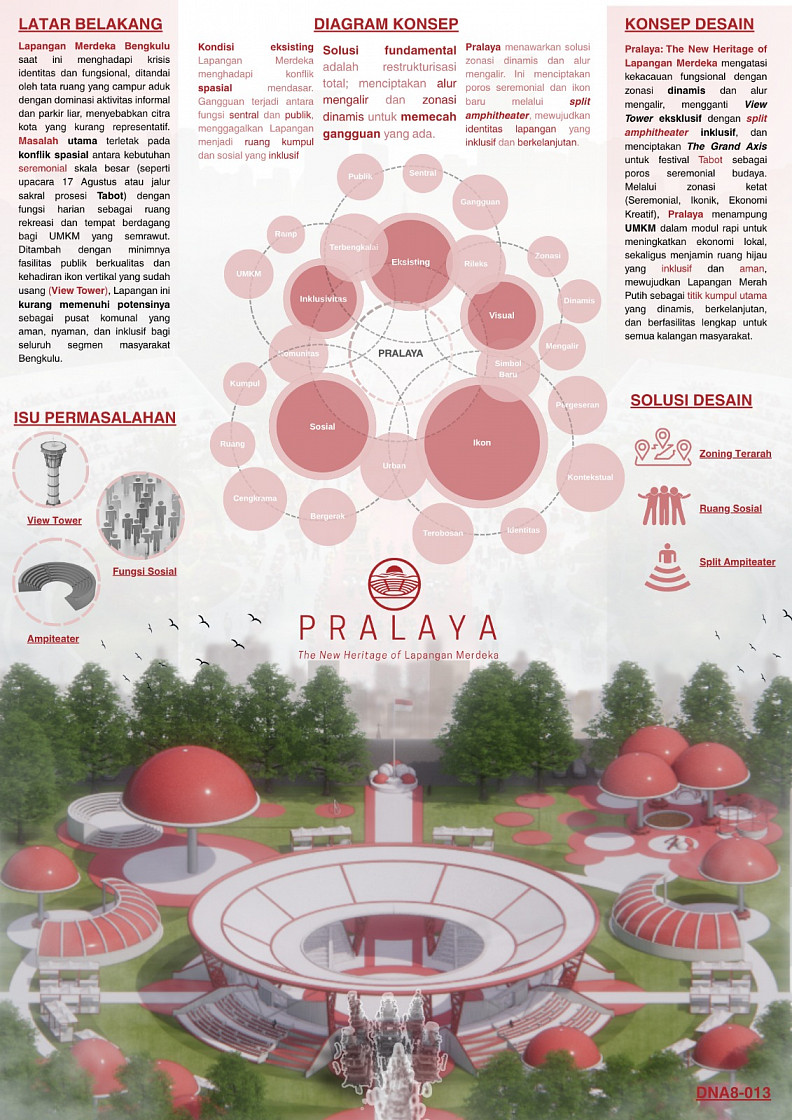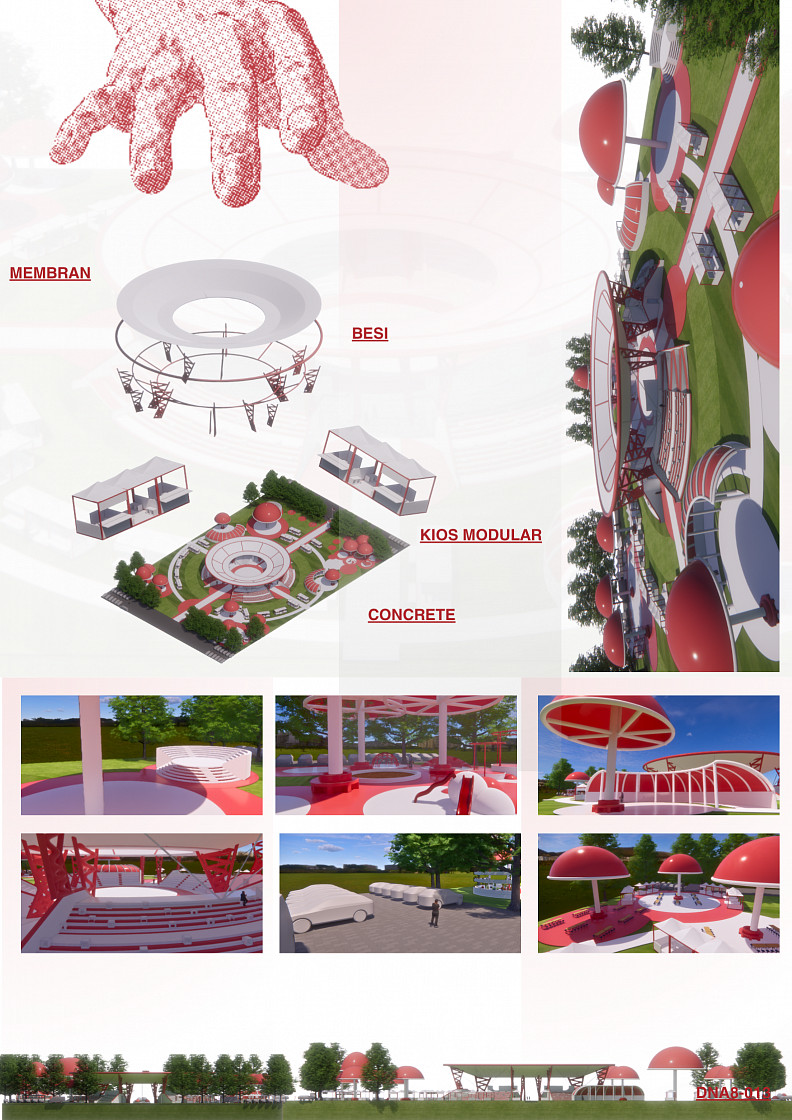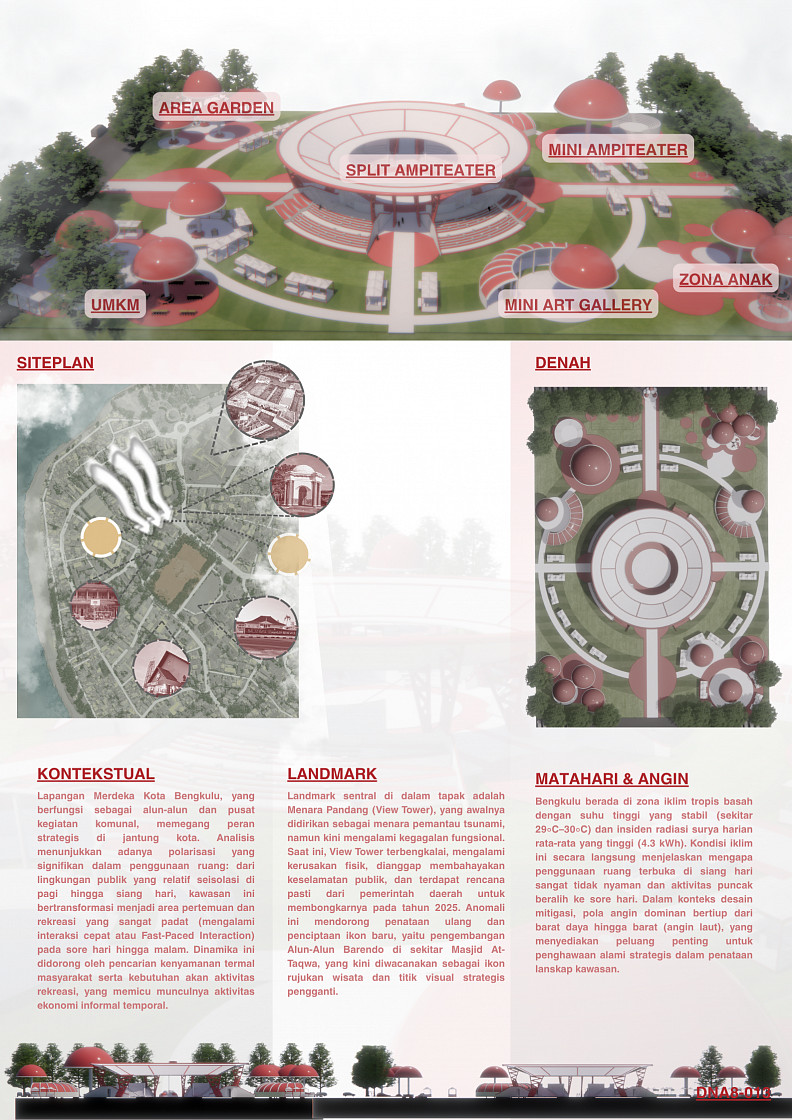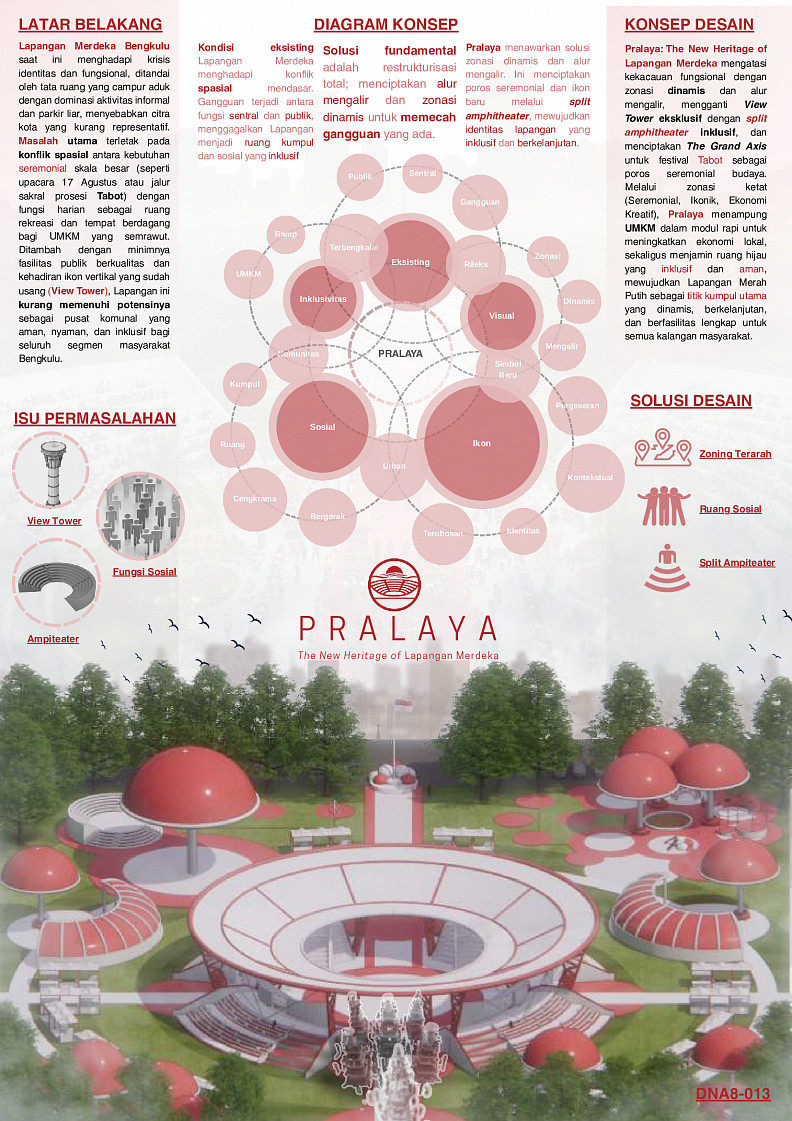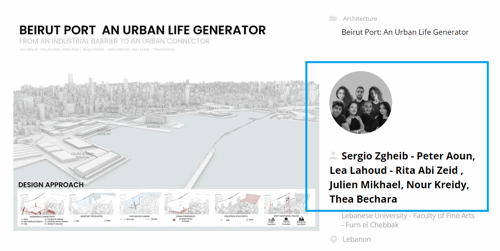PRALAYA

Project idea
Context and Problem Statement: The existing condition of Merdeka Field faces a fundamental spatial conflict. Significant functional interference occurs between its designation as a central ceremonial space and its required use as an open public facility. This conflict effectively prevents Merdeka Field from realizing its potential as an inclusive social and gathering space for all members of the community.
Project Idea and Solution: In response to this challenge, the "Pralaya" project proposes a total restructuring solution. The core idea is to introduce a system of dynamic zoning and flowing circulation patterns. This intervention is strategically designed to break down and resolve the current functional disruptions.
Goals and Objectives The primary goal of the Pralaya project is to transform Merdeka Field into a cohesive and representative public realm. Specific objectives include:
1. To establish a new, clearly defined ceremonial axis.
2. To introduce a new architectural icon in the form of a split amphitheater, serving as both a spatial anchor and a public amenity.
3. To realize a new identity for Merdeka Field based on the principles of social inclusivity and sustainability.
Project description
Pralaya: The New Heritage of Lapangan Merdeka addresses functional chaos through dynamic zoning and flowing circulation, replacing the exclusive View Tower with an inclusive split amphitheater, and creating The Grand Axis for the Tabot festival as a cultural ceremonial axis. Through strict zoning (Ceremonial, Iconic, Creative Economy), Pralaya accommodates MSMEs (Micro, Small, and Medium Enterprises) in neat modules to enhance the local economy, while also ensuring an inclusive and safe green space. This realizes Lapangan Merah Putih (Red and White Field) as a primary gathering point that is dynamic, sustainable, and fully-equipped for all levels of society.
Technical information
The project's execution involves a significant technical phase of demolishing the existing, structurally unsound View Tower, followed by new construction prioritized for climate mitigation. To counter high solar radiation (4.3 kWh) and temperatures (29-30°C) that render the site unusable during the day, the design must integrate extensive architectural shading and strategic landscaping. All new structures and planting must be oriented to capture and channel the dominant south-westerly sea breeze, optimizing passive cooling and natural ventilation. Construction will also focus on developing the new Alun-Alun Barendo as a focal hardscape icon and implementing formalized infrastructure to support the high-density informal economies that activate the space during cooler evening hours.
